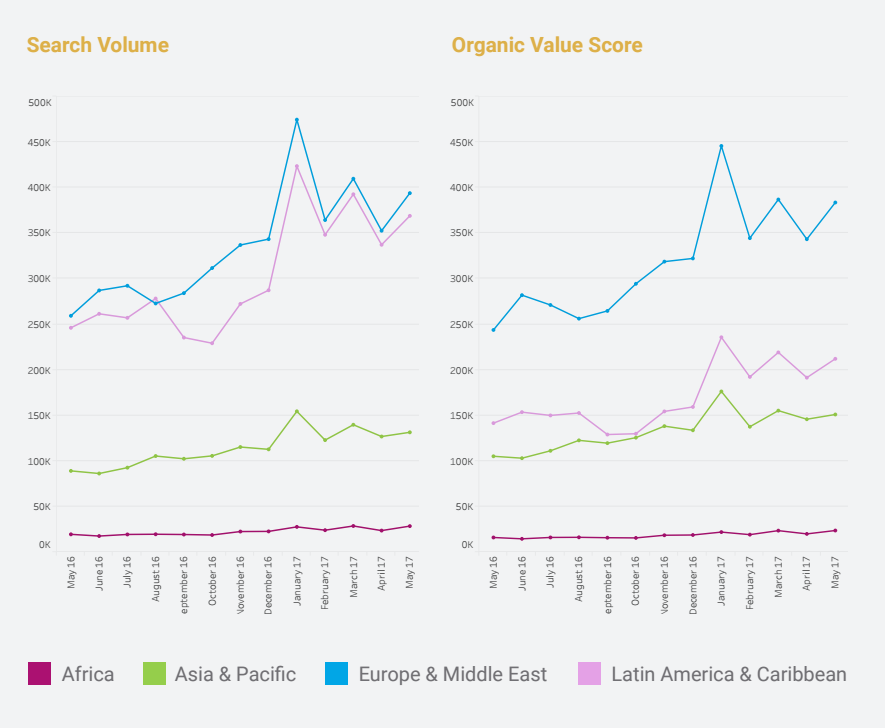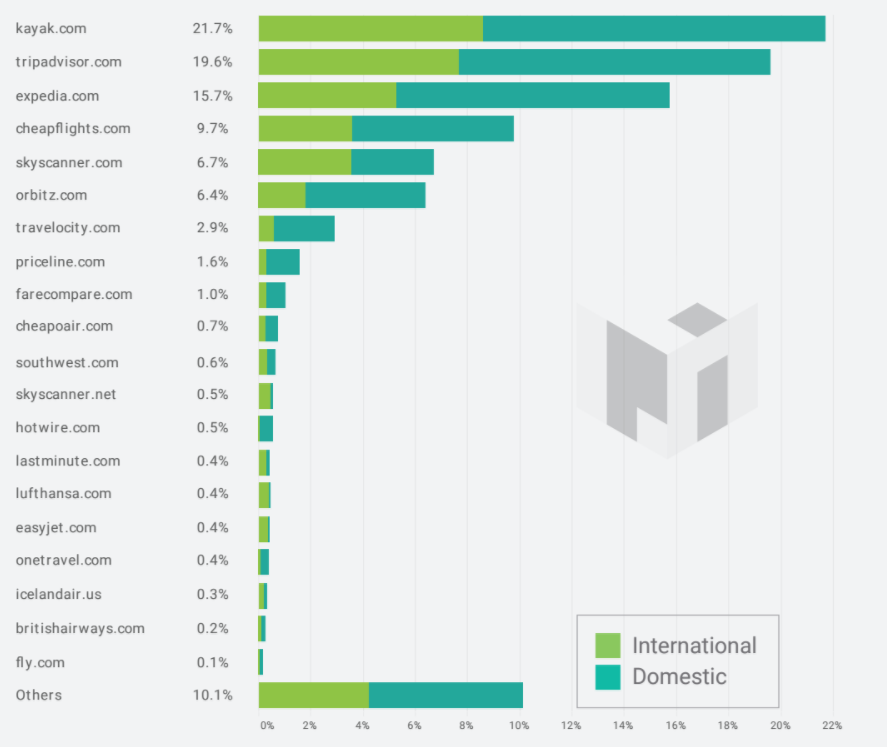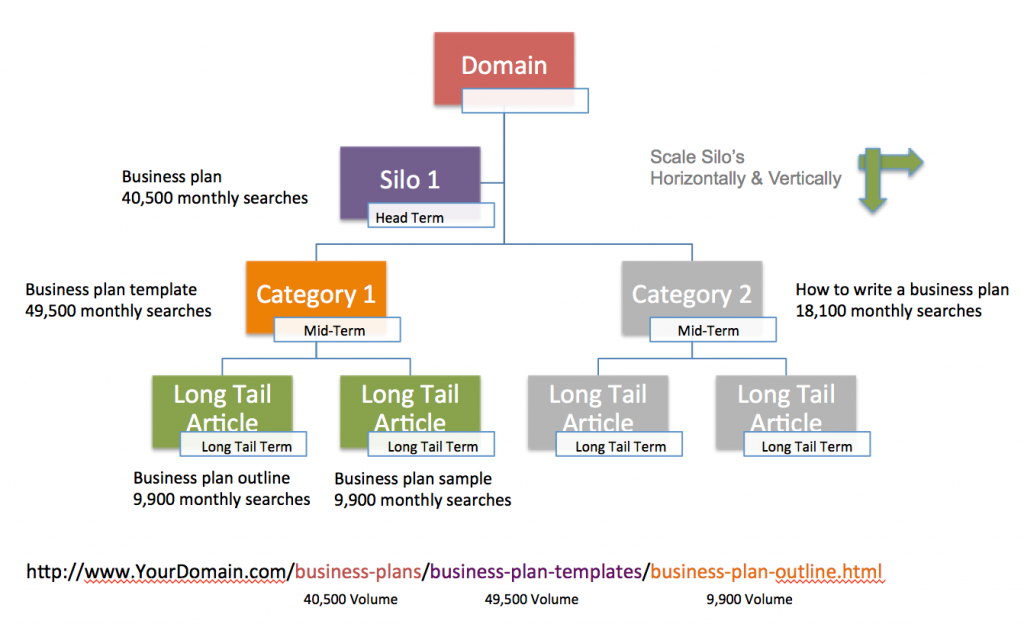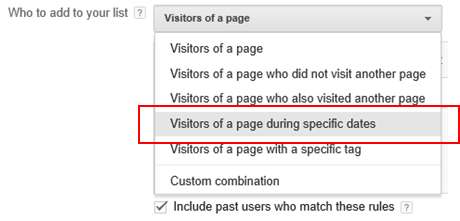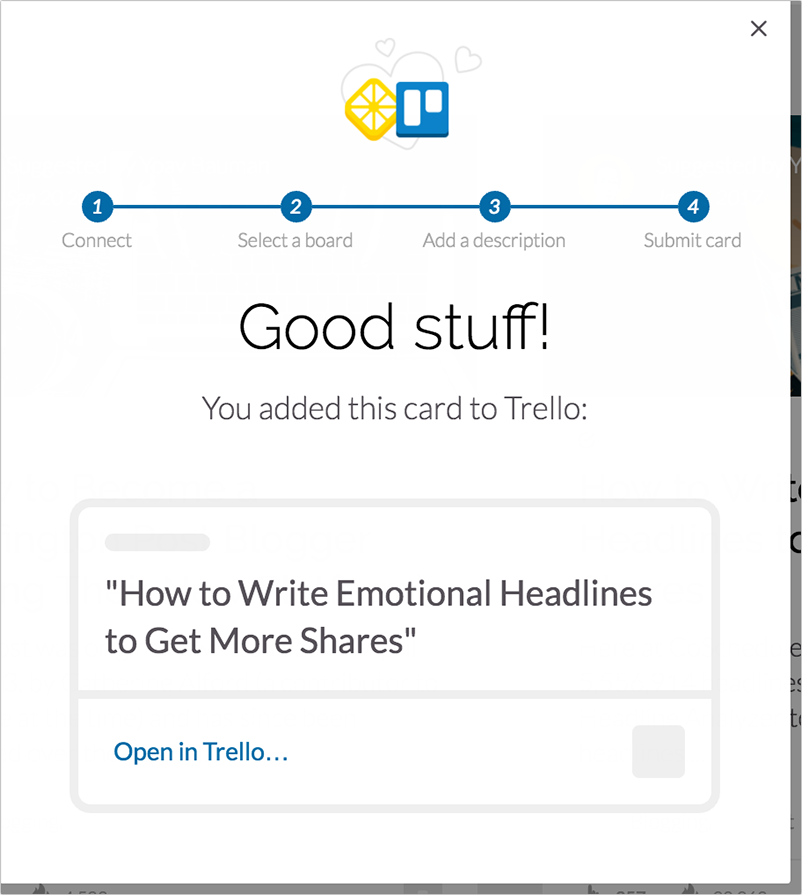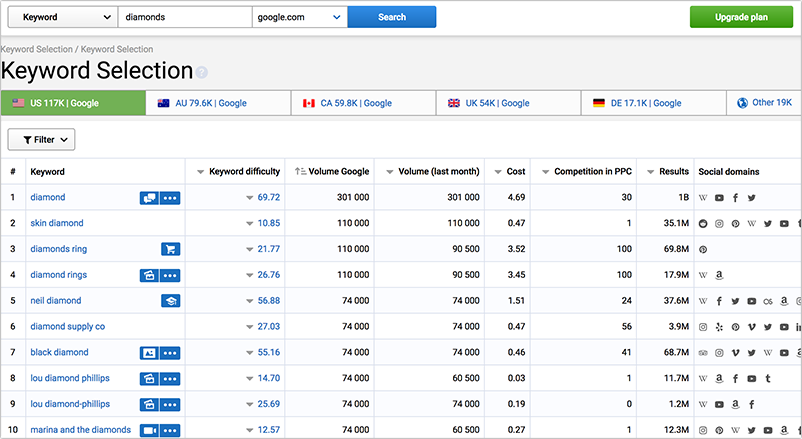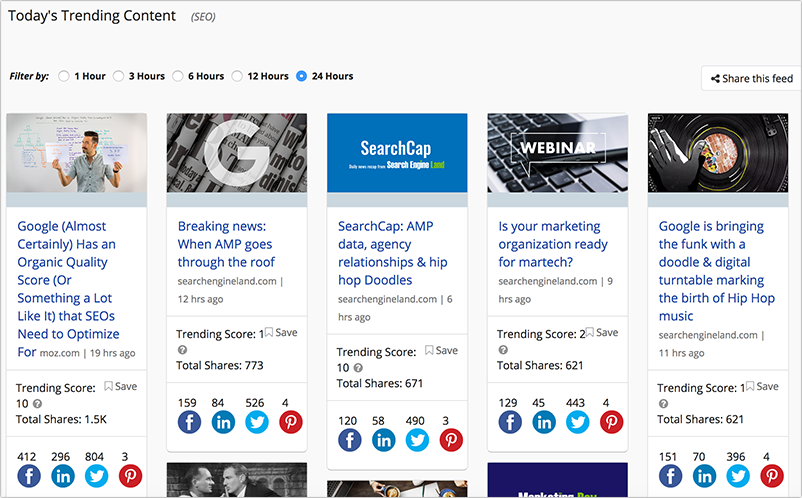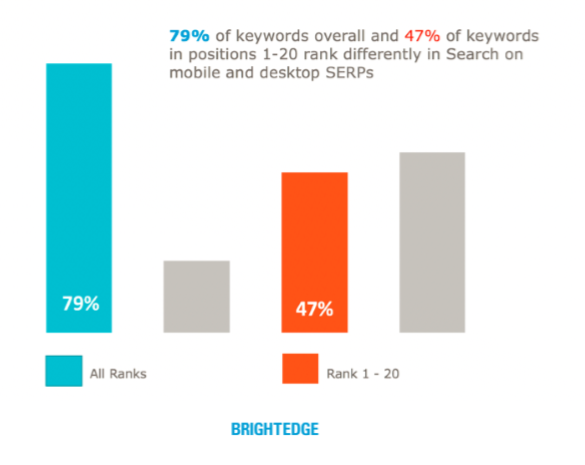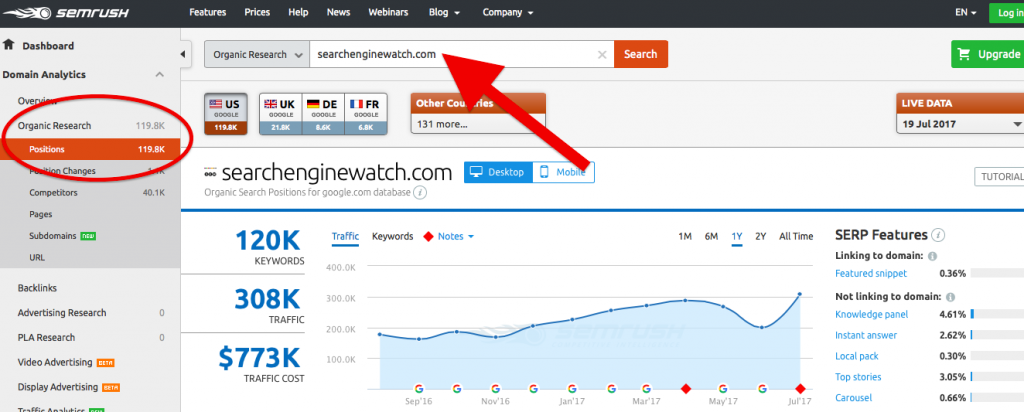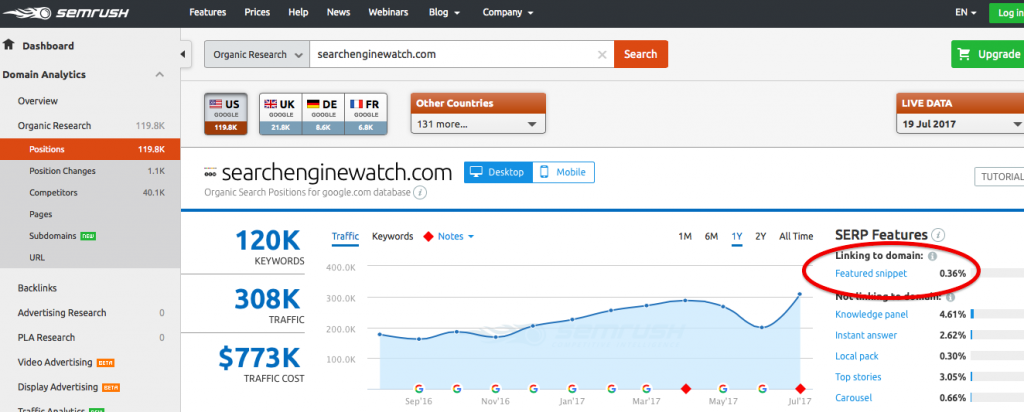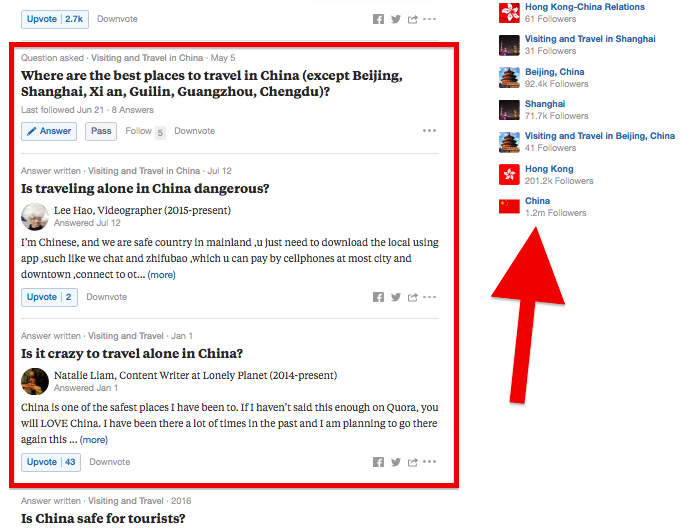Which brands dominate the US flights market in search?
A new report by Pi Datametrics has analyzed the entire US flights market to discover the most organically valuable search themes and players with the greatest share of voice across the market.
The search data was collected from across Google US with a view to identifying the search terms with the most commercial opportunity over the last four years, and trended to reveal demand peaks and declines across the travel industry.
‘International’ flights: Trended search themes | May 2016 – May 2017
Image source: Pi Datametrics Market Intelligence
So what does the data show, and what can marketers learn from it about the state of the flights market?
The difference between organic value and search volume
Trended search volume data is a strong indication of research and demand phases, but to determine when a search is most likely to actually convert, Pi has applied their proprietary Organic Value Score.
Search volume alone doesn’t always indicate value. Pi’s Organic Value Score averages out all of the metrics critical to conversion – including adword data – to reflect the true value of individual search terms, and their overarching search themes.
Looking at the search volume graph (above) in isolation, ‘Latin America & Caribbean’ appears to be the one of the most important search themes to focus strategy on within the ‘International flights’ market.
But, if we overlay commercial value, the data tells a slightly different story. ‘Latin America & Caribbean’ devalues significantly, while ‘Europe & Middle East’ retains its competitive edge.
Share of voice: Top sites across the entire ‘Flights’ market
Date: 7th June 2017 | Top 20 sites
Image source: Pi Datametrics Market Intelligence
Using a datapool of the most valuable ‘International’ and ‘Domestic’ search terms, Pi generated a vast snapshot of the entire US ‘Flights’ market (12,286 sites), to reveal the players dominating the industry.
Kayak own the US ‘Flights’ market
Kayak perform best both internationally and domestically, closely followed by Tripadvisor – which has recently transformed into an integrated review / booking site.
Here are just a few key insights:
- The top 3 performers own 57% of the entire ‘Flights’ category.
- All ‘Others’ beyond the top 20 own 10.1% of the ‘Flights’ market. Kayak, alone, owns more than double this.
- The top 11 performers consist of online travel agencies, aggregators or integrated review and booking sites. These sites own 86% of the entire market.
- An airline doesn’t appear until position 11, and only owns 0.6% of the category.
Image source: Pi Datametrics Market Intelligence
Which airline groups own the entire ‘Flights’ category?
- Priceline Group owns 33.5% of the entire market – that’s four times more share than the entire remaining market, beyond the top 20
- Expedia Inc owns 25.6% of the entire market
- All ‘Others’, beyond the top 20, own a tiny 7.7% of the market
- Airline providers can use this market share data to establish the best aggregators to resell their ‘Flights’
When combined, Expedia Inc and Priceline Group own nearly 60% of the entire US ‘Flights’ market. This is astronomical, and has created an ‘illusion of choice’ across the digital travel landscape.
- Priceline is the 6th largest internet company by revenue ($10.64bn USD).
- Expedia is the world’s 10th largest internet company by revenue ($8.77bn USD).
These revenue statistics just prove the success of their digital duopoly.
What can marketers and SEOs in the travel industry learn from the data about the most valuable search terms? Knowing their most valuable content gives businesses the foresight to dictate strategy.
From Pi’s trend chart, we can see that Europe and Middle Eastern flights have the highest Organic Value across the US ‘International flights’ market.
Aggregators, airlines and integrated booking sites can use this data to plan marketing activity around the most valuable flights.
Why is the online flights market so heavily dominated by just two companies?
Priceline group and Expedia own significant search real estate, and dominate the flights industry.
We can’t know exactly how these groups achieve their success, but we can presume that each brand prioritizes search throughout the business.
What’s more, these groups have an array of interrelated digital assets, which provide greater opportunity for comprehensive link infrastructures. This would only serve to boost their presence across the search landscape.
Based on the data, we can also see that online travel agencies, aggregators and booking sites decisively outrank airlines themselves in almost all cases. So why is this?
Based on their business offering, aggregators and OTAs offer a variety of content covering all areas of the flights market.
As direct providers, airlines may have less opportunity to match this offering, which could in turn impede market share.
The full report can be downloaded from the Pi Datametrics website.
source https://searchenginewatch.com/2017/08/31/report-who-owns-the-flights-market-in-search/
